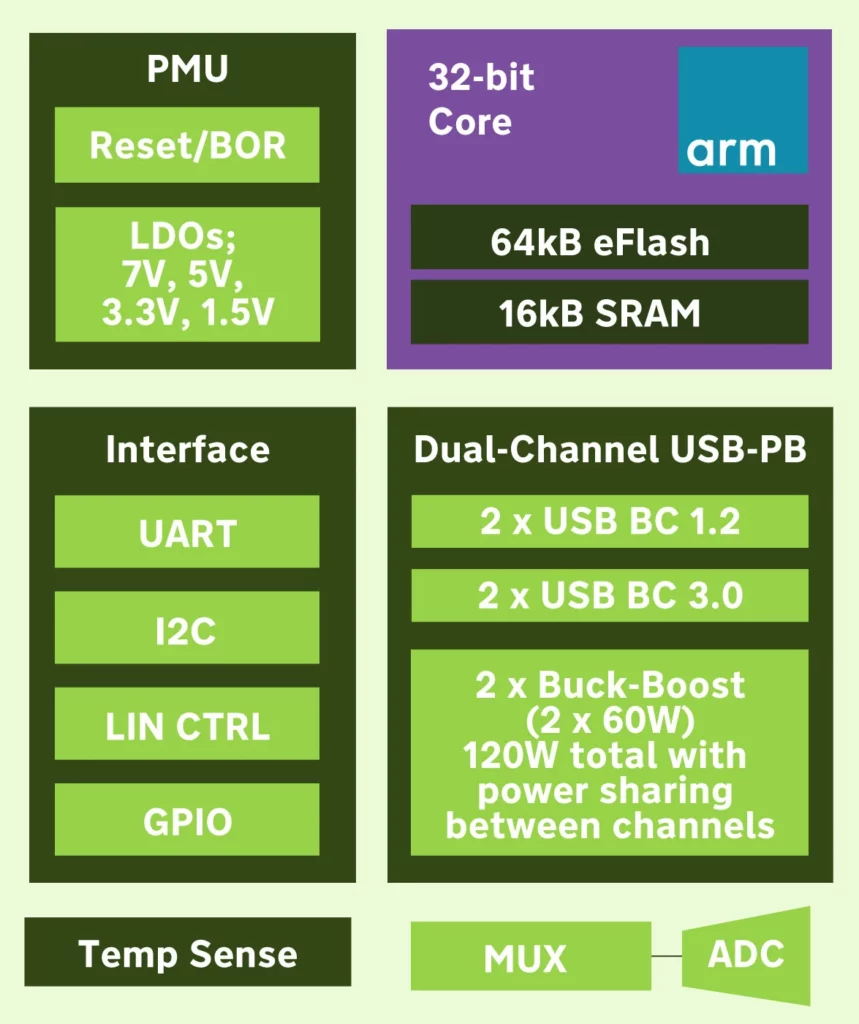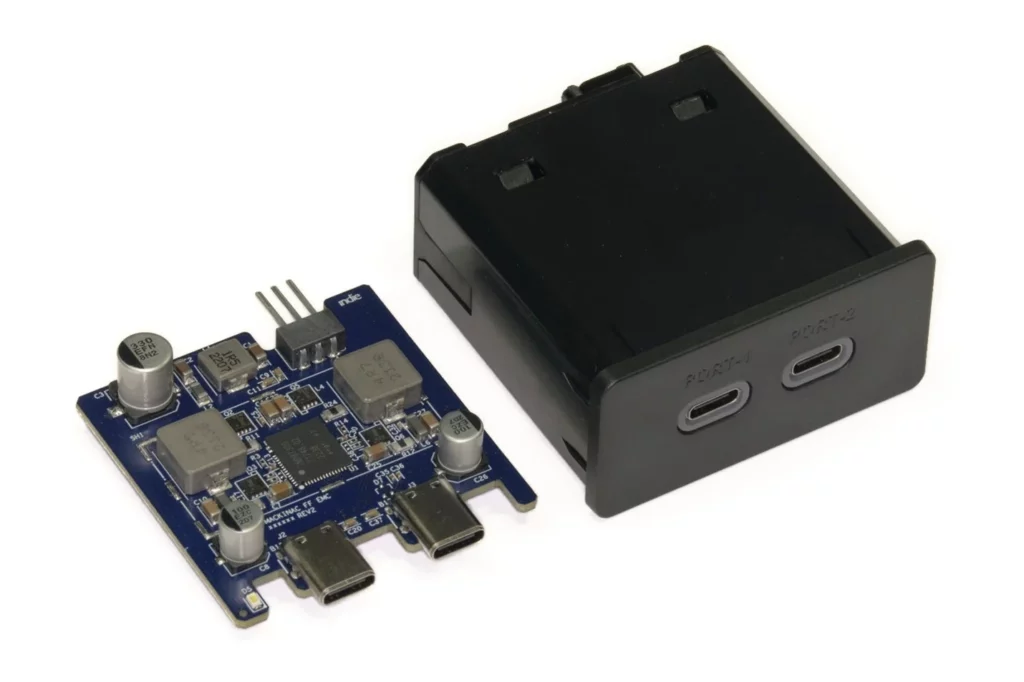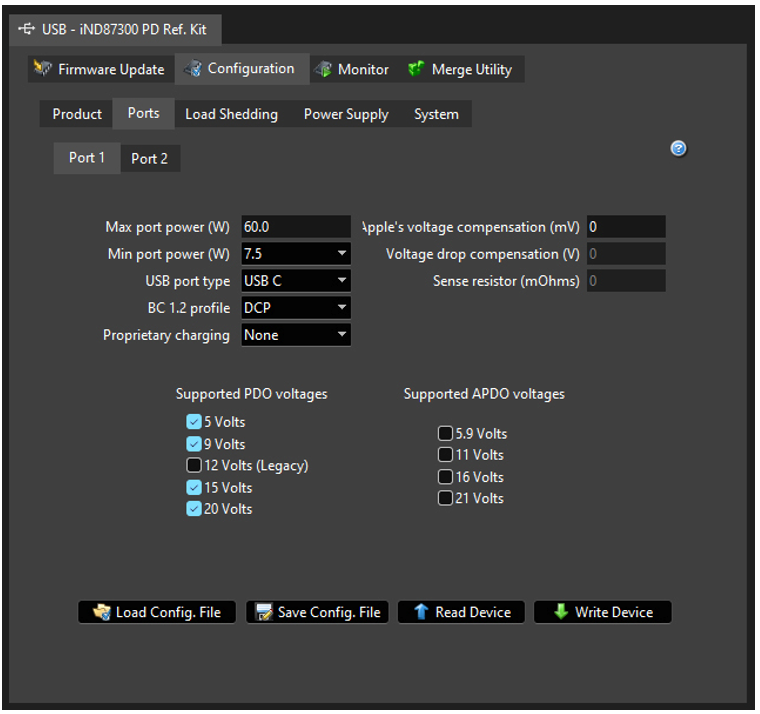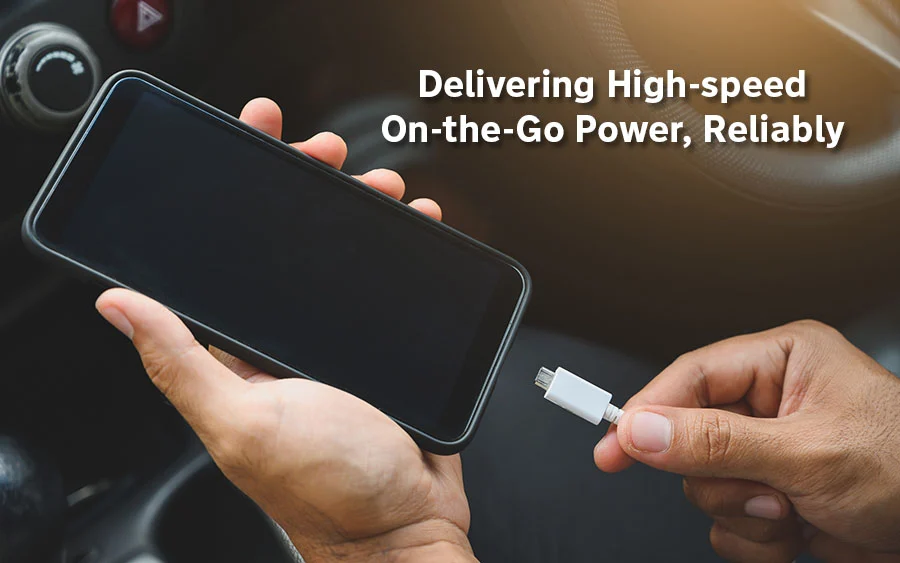by Michael Wittmann, SVP and GM, Power Delivery Business Unit
Charging. Charging. Charging.
Consumers today have an insatiable demand for power away from the home or workplace to keep their personal devices charged and connected to entertainment, work applications, and social networking. This is particularly true with younger generations whose waking hours are seemingly absorbed by apps, social media, gaming, and content streaming! In fact, the global average for individual mobile device use increased by 30% over a two-year span1 from 2019 to 2021. And it’s not just smartphones. As people become increasingly mobile in their work and day-to-day lives, larger devices such as laptops and tablets also require on-the-go charging to maintain productivity and always-on connectivity. These are especially power-hungry devices, and in some cases can consume as much as 140W of power while charging.
To maintain on-the-move power, the ability to conveniently charge personal devices – including as drivers or passengers in vehicles – is critical. In the case of charging within a vehicle’s cabin, consumers want power delivery (PD) that is both convenient and fast, whether it’s a 10-minute drive to the grocery store or a two-hour drive on a business trip. In today’s vehicles, you may find one or two USB charging ports, which typically provide up to 30W of power per port. But there is a growing trend that the average number of USB charging ports in a typical sedan is increasing to 3-4 per vehicle with at least 60W of USB PD per port, and this is likely to increase to 100W or even more. Consumers also expect these PD ports to support simultaneous power charging for all front and back seat occupants, implying that power draw can reach as much as 400-500W or higher if each independent port is delivering at maximum capacity. The magnitude of this increase creates additional challenges to vehicle design, cost, power and thermal management, particularly as the adoption of electric vehicles (EVs) continues to increase.
As an Autotech solutions innovator, indie’s power delivery products, in combination with our extensive automotive system level knowledge, enable us to offer highly integrated solutions, including wired and wireless charging, enabling cost and engineering effort savings, and de-risking development, for a more comprehensive smart system offering.
A Highly Integrated USB-PD Programmable Controller
The iND87300 (see Figure 1) is a single-chip power-delivery System-on-Chip (SoC) for two-port 60W charging, setting a new benchmark for performance, functionality, and integration. The device supports any configuration of USB Type A and Type C, shrinks the overall solution form factor, reduces the bill of materials (BoM), and supports enhanced robustness and reliability. Design-in is also simplified and accelerated as there is a reduced need for bespoke external circuitry to deliver the requisite functionality.

The SoC integrates the USB-PD 3.0 controller, two Buck-Boost supplies delivering the charging power, four low-side FETs, plus integrated LED drivers. The two-channel device supports charging from a wide 3.3V to 21V range (PPS- Programmable Power Supply), maximum 5A supply and delivers up to 60W per channel. At its core, the AEC-Q100 Grade 1 device has a low-power 32-bit Arm® Cortex® M0 processor. Reliability is enhanced through an on-chip temperature sensor and support for external negative temperature coefficient (NTC) temperature monitoring.
indie’s power delivery products, both wired and wireless, include features which enable a standalone or an integrated in-vehicle intelligent power delivery network. This network can facilitate on-demand power balancing, charge management, and self-diagnostic capabilities for all PD devices throughout the vehicle including the ability for users and/or OEMs to customize their in-vehicle power delivery experience. These features will become even more relevant as next generation products, that can deliver more than 140W per port, become more prevalent in vehicles.
Simplifying Design and Development
Design-in support and resources are also important aspects for integrated automotive solutions as they aid the systems designer in moving from concept to production more quickly, with fewer iterations and less risk. indie’s complete “auto-grade” reference designs and accompanying bill of materials are designed to automotive standards of manufacturability and include full physical module designs representative of high-volume automotive applications (see Figure 2). Furthermore, the reference designs consider typical challenging aspects of automotive product development such as EMC, thermal management, and power sharing. By taking these complex issues into account as part of indie’s reference design earlier than typical in the system integration process, automotive system designers can have a higher degree of confidence in their development.

indie-iCentric Software Development Tool
Unique to indie, the iND87300 reference design is supported by our proprietary indie-iCentric configuration tool, which greatly simplifies and de-risks the integrator’s hardware and software system design, development, and deployment. indie-iCentric allows customers to customize the functionality of their PD application through a very simple and easy to use graphical user interface (GUI) without having to write, test and debug time consuming software code (see Figure 3). Users can easily create product variants from a single application firmware avoiding recompiling code. The user is also able to plot and export runtime parameters and perform quick testing reducing regression test development and execution.

Summary
Drivers and passengers expect vehicles to provide safe, engaging, and productive journeys, which include rapid PD charging of smartphones, tablets, laptops, and various mobile devices as they travel. indie’s iND87300 delivers fast, reliable charging, up to 60W of power, while also simplifying and de-risking design for system integrators, and meeting Consumers’ in-cabin experience needs and expectations. And as future in-cabin PD requirements evolve, indie will be at the forefront with class-leading solutions.
1. TechCrunch: Consumers now average 4.2 hours per day in apps, up 30% from 2019
